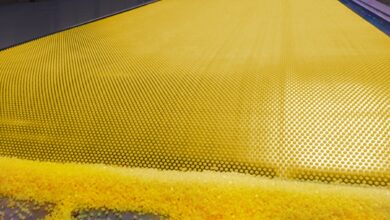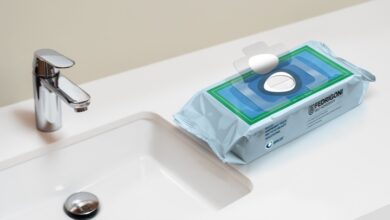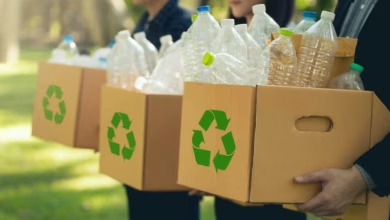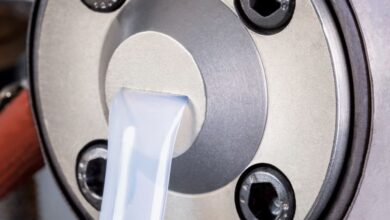Can post-industrial recycled polypropylene be used in reusable food packaging?
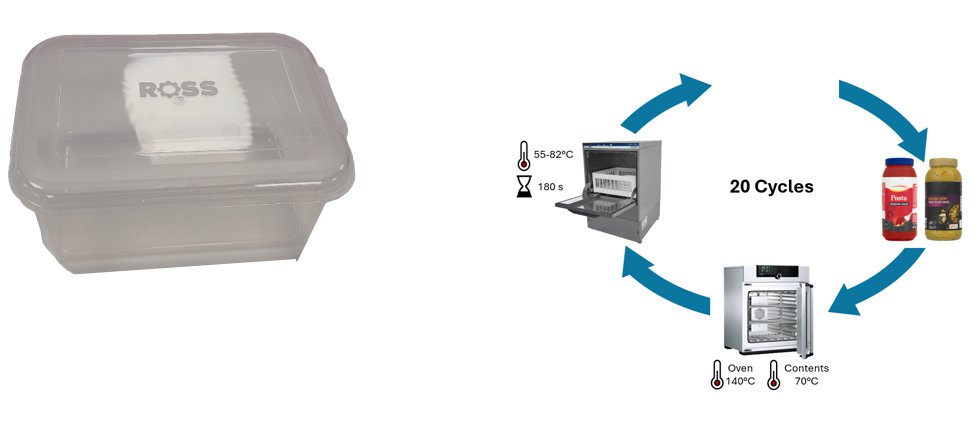
Iranpolymer/Baspar For decades, plastics have been the preferred material for food packaging, combining mechanical strength, barrier properties and transparency at a cost-effective price. However, most plastic packaging follows a linear model—designed for single use—resulting in vast amounts of post-consumer waste each year.
In response to growing environmental concerns, public and private organisations worldwide set ambitious sustainability targets to reduce plastic waste. One proposed solution is implementing reusable packaging schemes to extend the lifespan and value of plastic packaging while minimising environmental impact. However, all aspects of material performance must be carefully considered for these schemes to be effective. One critical yet often overlooked factor is how repeated use impacts the packaging material’s properties. Limited research exists on the effects of repeated contamination and washing cycles on the mechanical, thermal and migration properties of plastics.
Sourcing and processing PIR polypropylene
A high-quality, ultra-pure source of PIR PP was identified as a byproduct from a life sciences company based in Ireland. This material is available in large quantities and offers a clean, traceable source of recycled PP.
An Irish-based polymer materials company recognised the potential of this PIR stream. It developed a proprietary processing method to convert the PIR flake into polymer pellets (PIR CoPP), making them available for polymer processors to reintegrate into new PP products. This PIR PP grade has received a No Objection Letter (NOL) from the U.S. Food and Drug Administration (FDA) – Centre for Food Safety and Applied Nutrition – certifying its suitability in food-contact applications at up to 100% content for all food types.
Ross Polymer Services Ltd now produces various PP packaging products after identifying PIR CoPP as an alternative to virgin food-grade PP. The transition offers customers a fully traceable and sustainable packaging solution, significantly reducing carbon emissions. However, there are still questions about food contact safety after several reuses.
Technical feasibility study with TUS
To evaluate the suitability of PIR CoPP for reusable food packaging, Ross collaborated with the Technical University of the Shannon (TUS). The study compared PIR CoPP against two commercially available PP grades: Co-Polymer PP (CoPP) and Homo-Polymer PP (HomoPP).
Baseline analysis
- A comprehensive baseline assessment of the polymer materials was conducted using the following techniques:
- Fourier Transform Infrared Spectroscopy (FTIR) – To analyse chemical composition
- Differential Scanning Calorimetry (DSC) – To assess thermal properties
- Dynamic Mechanical Analysis (DMA) – To evaluate mechanical performance
- Colourimetric Analysis (Colourimetry) – To measure visual changes and staining
- Food Contact Migration Assessments – Covering acidic, alcoholic and fatty food exposure
- Microbial Decontamination Tests – To determine hygiene impact after repeated use
- QR Code Durability Testing – To assess readability after multiple cycles
Reusable packaging trials
To simulate real-world reuse scenarios, triplicate containers of each PP grade were subjected to 20 cycles of food exposure and cleaning.
- Containers were filled with 200mL of either tomato or curry sauce.
- They were heated in an oven at 140°C until the contents reached 70°C (HACCP-safe reheating temperature).
- Containers were emptied, rinsed, and washed in a commercial dishwasher (180s at 55°C wash, 82°C rinse) per HACCP guidelines.
- The process was repeated for 20 cycles before re-evaluating the material properties.
No significant changes in mechanical or thermal properties were observed for any of the PP grades after 20 reuse cycles.
Staining analysis
Tomato sauce caused visible staining in all polymer grades after a single cycle.
Curry sauce caused mild discolouration in CoPP after 20 cycles, while PIR CoPP and HomoPP showed no significant discolouration.
QR code readability
All QR codes remained readable after 20 cycles.
With curry sauce exposure, some camera systems struggled to accurately locate the QR code on CoPP samples.
Migration testing & food safety
Migration testing assessed the transfer of chemical substances from the polymer into food under different conditions, ensuring compliance with food safety regulations.
Results
PIR CoPP passed all migration tests before and after 20 reuse cycles.
CoPP & HomoPP:
- Passed migration tests for acidic and alcoholic food simulants.
- Failed fat migration testing under harsher conditions using isooctane.
- Further testing with olive oil (aligned with standard industry practices) is ongoing.
This migration testing is critical for verifying food safety and preventing harmful chemical exposure. The promising results for PIR CoPP reinforce its potential as a safe, sustainable alternative to virgin PP in reusable food packaging applications.
This research marks a significant step in developing practical, scalable and environmentally responsible packaging solutions. By adopting PIR CoPP, companies can significantly reduce their carbon footprint while complying with safety and quality standards.



